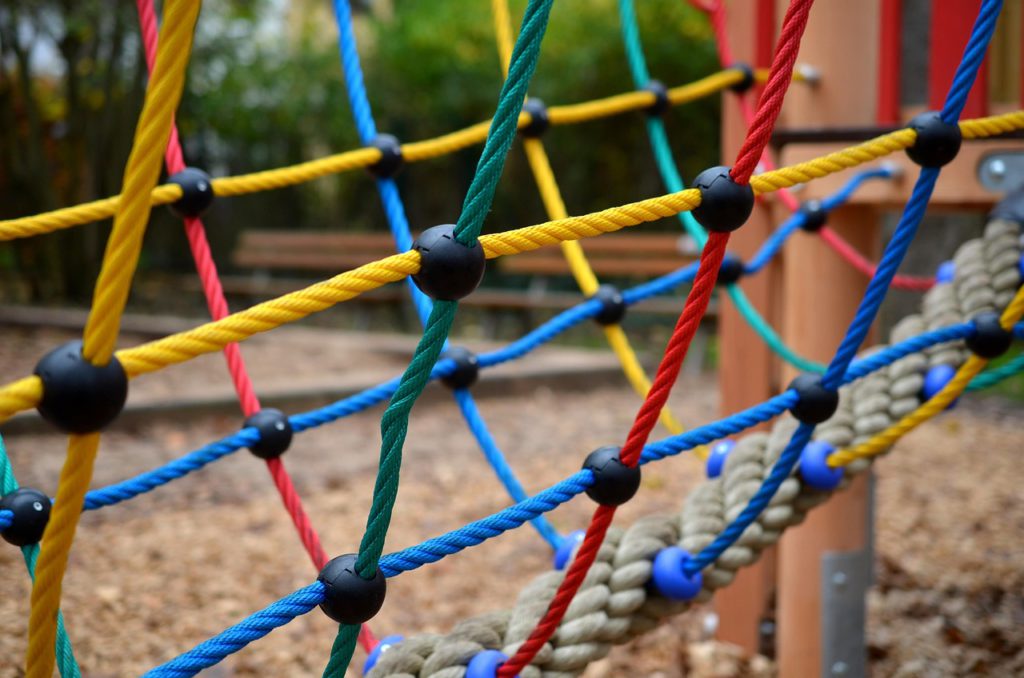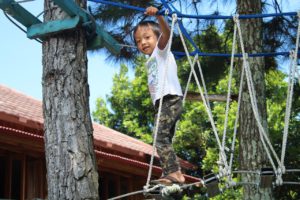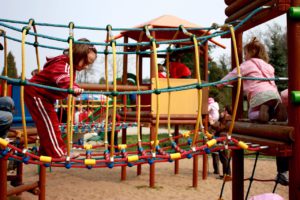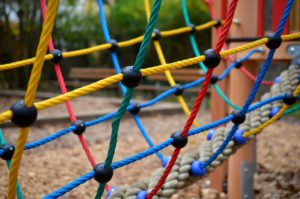Preventing Injuries in Play

The rise of dynamic play areas like a ninja warrior playground has opened up exciting new possibilities for kids to build strength, coordination, and confidence. However, with increased physical challenge comes the need for greater awareness, which is why many parents and caregivers are now seeing the value of completing an injury management course focused on young athletes and active children. Ensuring a balance between adventure and safety is key to helping kids thrive in these high-energy environments. Injury prevention isn’t about limiting play—it’s about supporting smarter, safer exploration.
Physical activity plays a vital role in child development. It supports healthy growth, builds motor skills, strengthens bones and muscles, and nurtures important social and emotional skills like teamwork and resilience. As playgrounds evolve beyond traditional swings and slides to obstacle courses, climbing walls, and agility challenges, the benefits only increase—but so too do the risks.
Active play inherently involves some element of risk. Scraped knees, bruised elbows, and minor falls are almost rites of passage. These small incidents can be valuable learning experiences, teaching kids to assess risks, problem-solve, and adapt. However, more serious injuries—such as fractures, sprains, or concussions—can be prevented or their impact reduced with the right precautions in place.
One of the first steps toward injury prevention is thoughtful playground design. A well-designed ninja warrior-style course, for instance, incorporates safety features like padded landing zones, non-slip surfaces, appropriately spaced obstacles, and clear navigation routes. Equipment should be age-appropriate, allowing younger children to build skills without tackling challenges beyond their physical maturity.
Supervision also plays a critical role. Adults should be present to offer encouragement, monitor behaviour, and intervene if a situation becomes risky. However, supervision isn’t about hovering or constantly saying “no.” It’s about creating an environment where kids are encouraged to take smart risks while knowing someone is nearby to support them if needed.
Educating children about safety is equally important. Teaching kids how to land properly when jumping, encouraging the use of both hands when climbing, and explaining the importance of looking before leaping can significantly reduce injuries. Safety instruction should be positive and empowering, helping kids understand that smart decisions enhance their ability to play and have fun.
An injury management course can provide parents, teachers, and caregivers with essential skills for both prevention and response. Courses typically cover topics like assessing playground hazards, recognising early signs of injury, basic first aid procedures, and techniques for supporting recovery. Knowledge gained from such courses empowers adults to respond quickly and effectively when accidents happen, reducing the severity of injuries and helping kids recover faster.
Another valuable aspect of injury prevention is preparing children’s bodies through conditioning. Activities that build balance, core strength, flexibility, and coordination help create a foundation for safer play. Warm-ups before vigorous activity and stretching afterwards promote muscle resilience and reduce the likelihood of strains or sprains.
Appropriate clothing and gear matter as well. Kids should wear closed-toe shoes with good grip when tackling challenging playgrounds, and clothing should allow free movement without excess fabric that could snag. In colder weather, ensuring kids are dressed warmly but still able to move easily prevents slips caused by numb muscles or stiff joints.
Hydration and nutrition also influence injury risk. Dehydrated or hungry kids are more likely to lose focus or become fatigued, both of which increase the chance of accidents. Ensuring kids are well-fueled and hydrated before engaging in vigorous play keeps energy levels stable and reaction times sharp.

Mental preparation is another piece of the puzzle. Encouraging kids to listen to their bodies—to rest when tired, stop if something feels wrong, and speak up if they’re uncomfortable—builds self-awareness. Confidence and good decision-making skills are just as critical to injury prevention as physical readiness.
Community efforts can amplify injury prevention strategies. Schools, local councils, and recreation centres can host safety workshops, provide access to injury management training, and design public play spaces with input from child development experts. By embedding safety education into community programming, we help normalise smart play practices.
Parents and caregivers can also advocate for safer playgrounds and programs. Asking about maintenance schedules for public play spaces, checking equipment conditions, and encouraging upgrades to include accessible and cushioned features all contribute to safer environments for everyone.
Importantly, injury prevention should never come at the expense of the spirit of adventure. Risky play—where kids climb high, balance across wobbly bridges, and jump from heights—supports vital aspects of development. It fosters bravery, problem-solving, resilience, and independence. Our goal isn’t to eliminate risk altogether, but to create environments where risks are manageable and injuries, when they occur, are minor and recoverable.
It’s also vital to respond thoughtfully when injuries do happen. Instead of scolding or overprotecting, use injuries as teachable moments. Encourage kids to reflect on what happened, what they might do differently next time, and how they can re-enter play safely and confidently. This approach turns setbacks into valuable learning experiences rather than sources of fear.
Injury prevention for active kids is ultimately about empowerment. It’s about equipping kids with skills, knowledge, and environments that encourage them to move boldly, try new things, and learn from their experiences. When adults model smart risk-taking, promote resilience, and provide well-designed spaces for exploration, they give kids the freedom to play fully—and the tools to stay strong while doing it.
In a world where digital screens compete for attention, encouraging outdoor, active play is more important than ever. By investing in smart playground design, proactive safety training, and a positive approach to risk, we can help ensure that today’s adventurous kids grow into tomorrow’s confident, capable adults.





